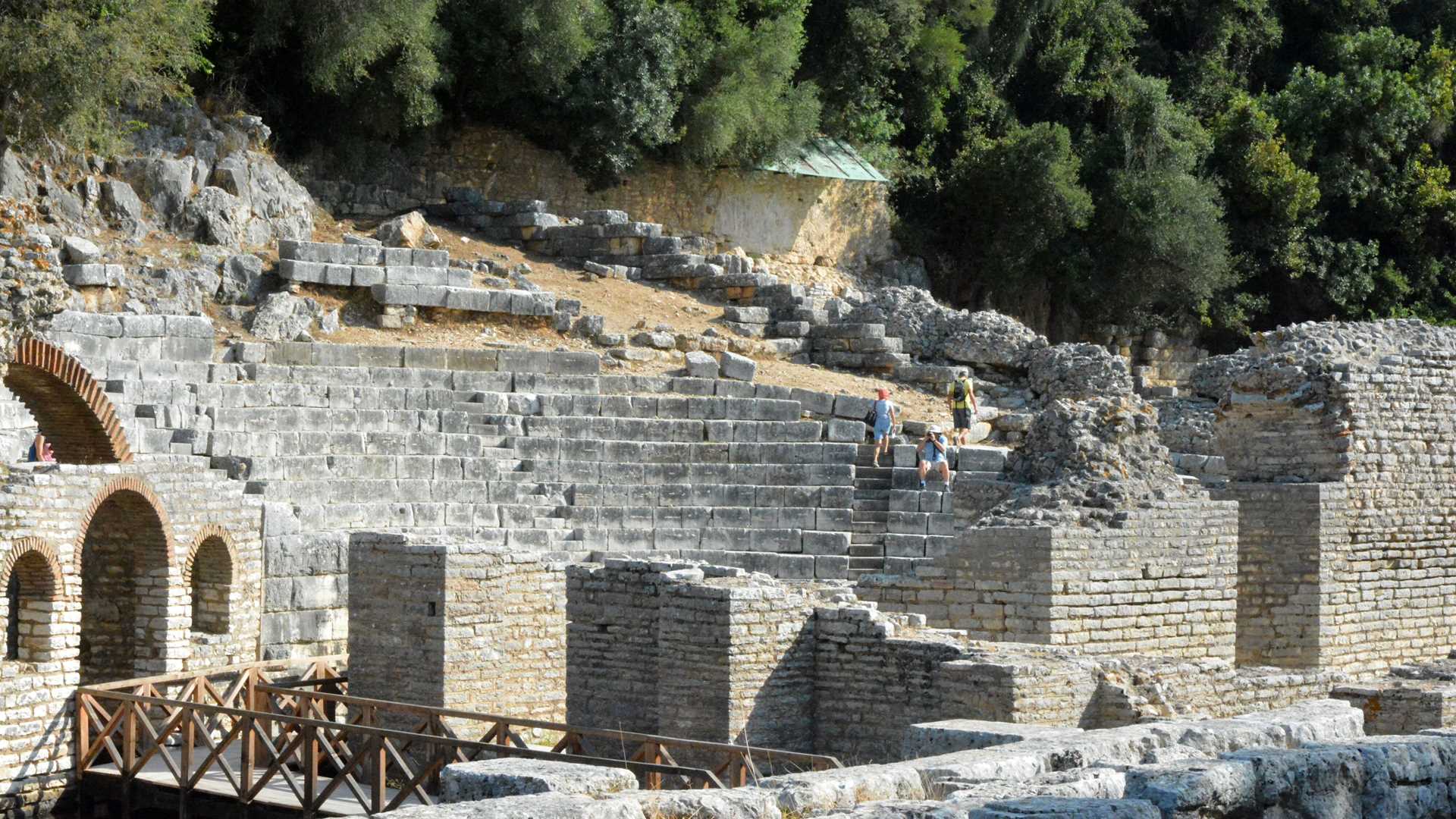Today our Lindblad staff and guests got to explore the legendary UNESCO World Heritage Site of Butrint. We went on a journey into the past as our Greek guides led us through the ancient ruins of a theater, baths, baptistry, and Byzantine Basilica. We took a brief hike up to the acropolis that eventually became a Venetian and then Turkish fort. After our visit of Butrint, we rode buses back to Sarande and up to the Ottoman Castle of Lekuris, where we enjoyed views, light refreshments, and traditional musical entertainment.
9/23/2024
Read
Sea Cloud
Hvar, Croatia
On the last day of our voyage, we spent the morning on the lovely island of Hvar, known for its fragrant fields of lavender and rosemary. Our walking tour started with the Franciscan monastery, featuring a centuries-old cypress tree and a 17th-century painting of the Last Supper attributed to Matteo Ponzoni. We continued on to tour one of the oldest community theaters in Europe (dating to 1612), the Hvar Arsenal (instrumental in building and repairing Venetian ships), and the town’s stone buildings which often feature the winged lion of St. Mark. This afternoon, after a lunch featuring the famous Sea Cloud pasta wheel, we enjoyed a lecture by cultural specialist Zrinka Šapro on the history of Croatia, focusing on the 20th century. Hearing about the rule of Josip Broz Tito and the wars of the 1990s from someone with personal experience was a particularly fitting conclusion to our tour of this region so rich in history. Our final evening aboard included a cocktail hour and the guest slide show on the lido deck, followed by the captain’s farewell dinner in Sea Cloud’s elegant dining room, after which we bid our travel companions and newfound friends a fond farewell.









